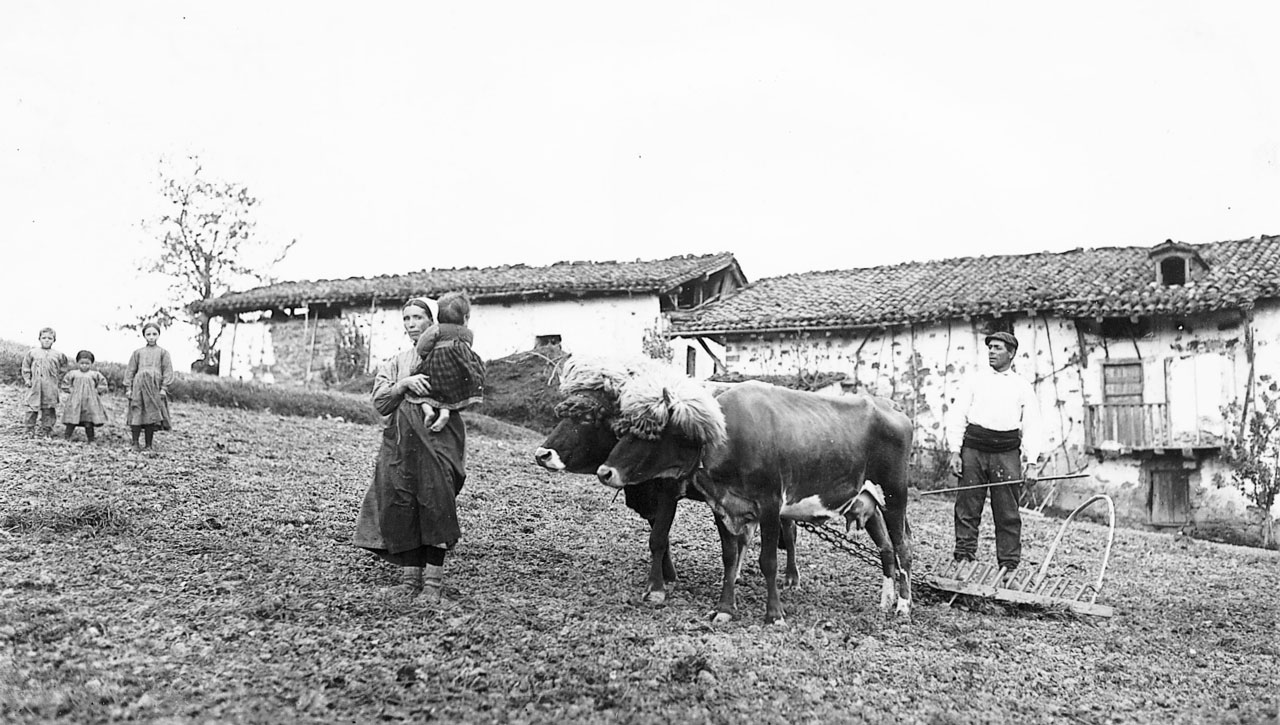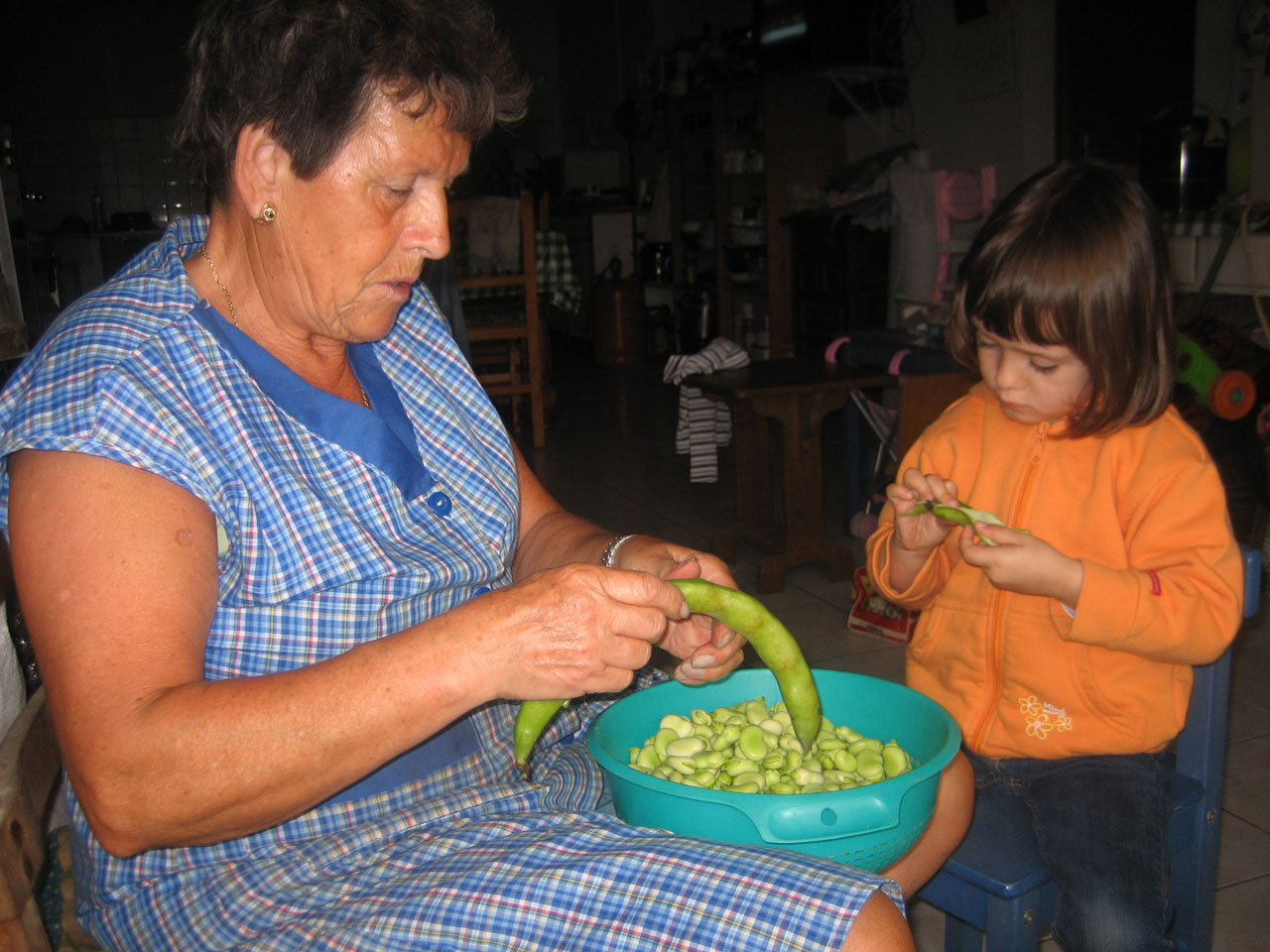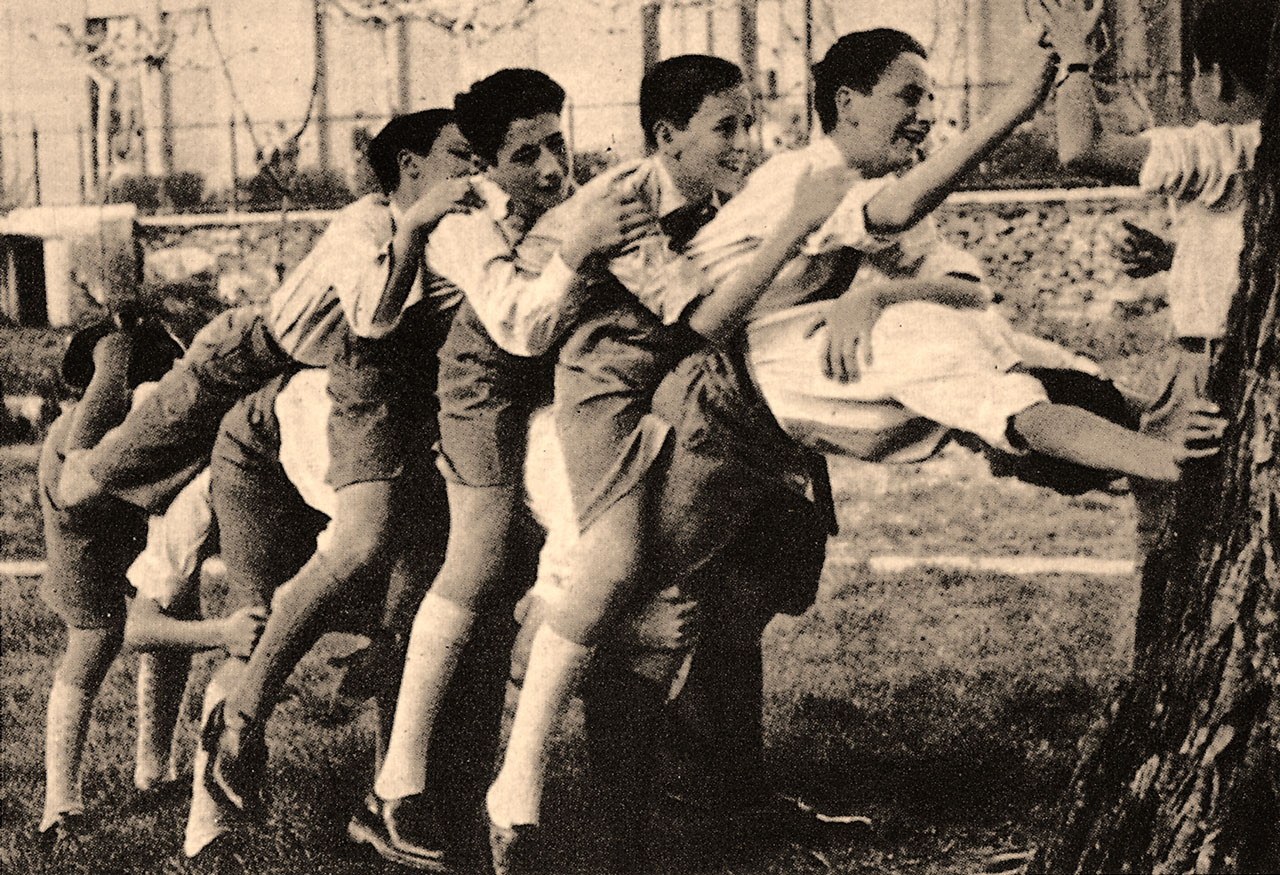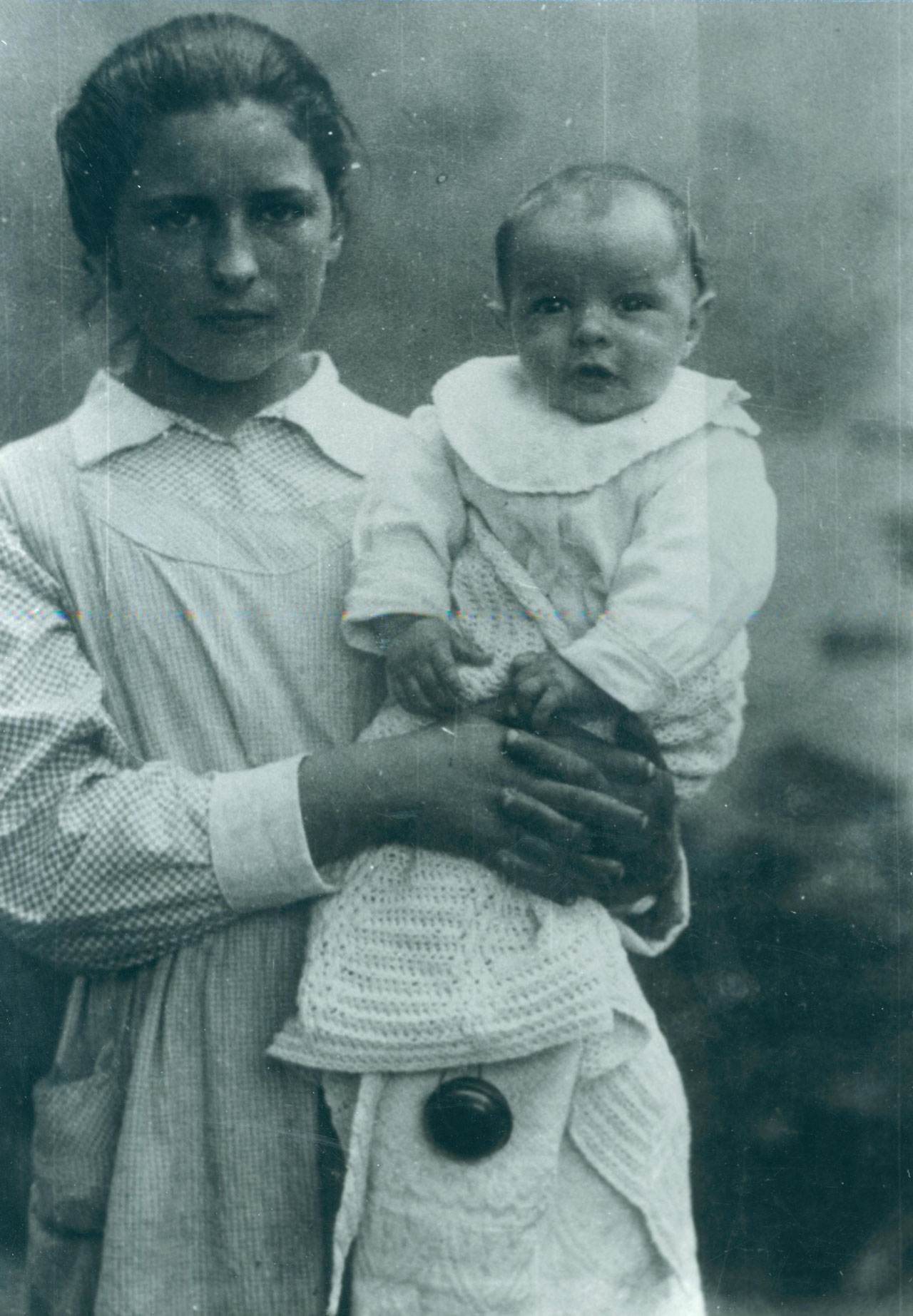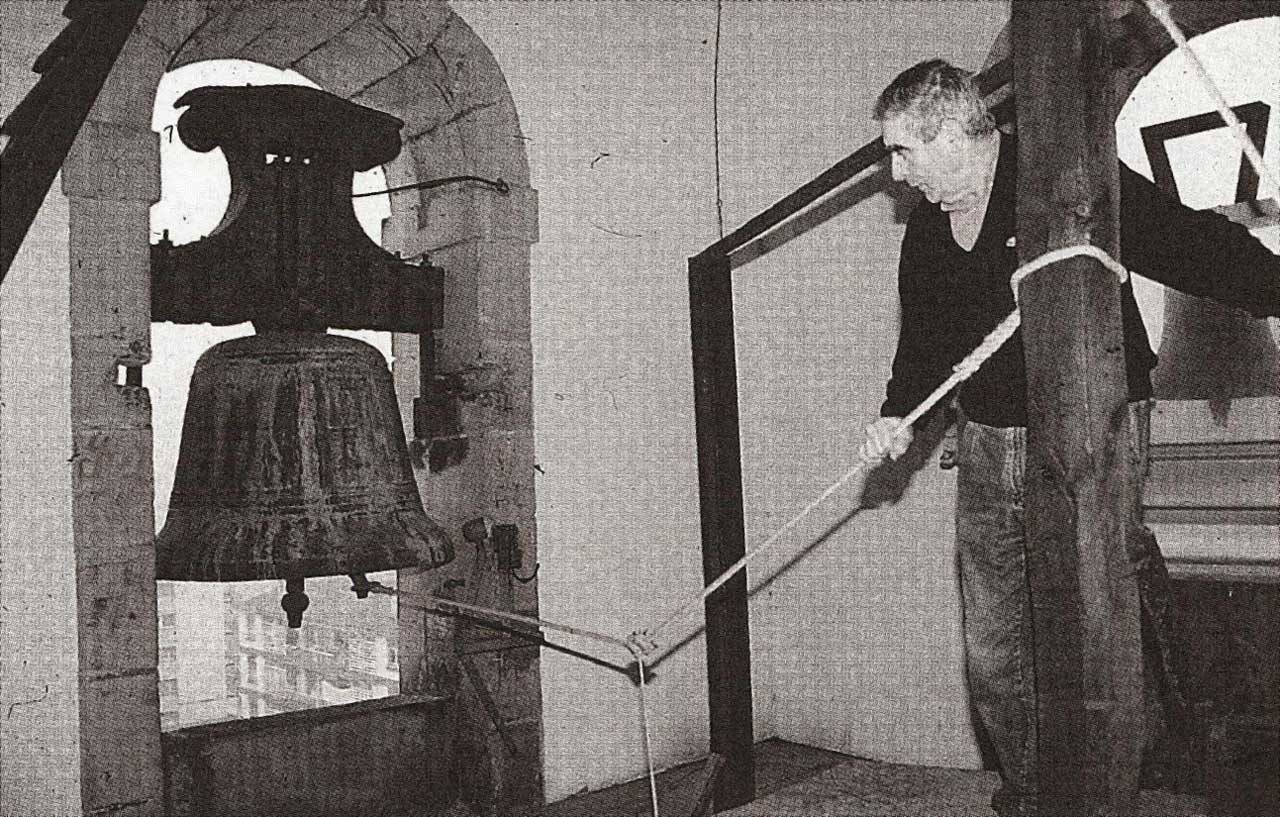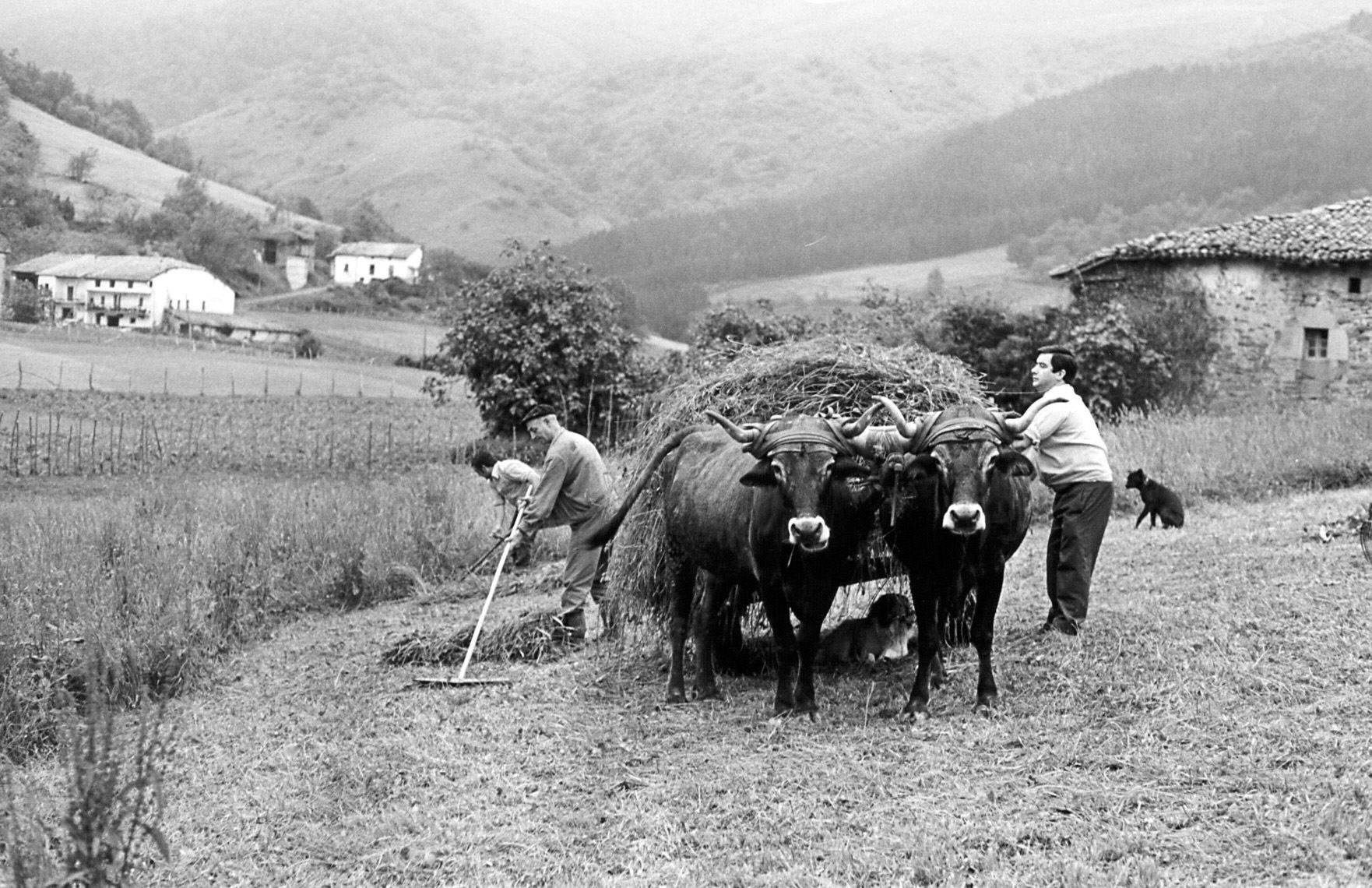Diferencia entre revisiones de «Main Page/en»
De Atlas Etnográfico de Vasconia
| Línea 212: | Línea 212: | ||
| − | ===[ganaderia| | + | ===[ganaderia|Livestock Farming and Shepherding in the Basque Country|/atlas/ganaderia.png|Animal husbandry as a way of life rather than an economic opportunity: aspects related to domestic animals and the human-animal bond.]=== |
| − | ====[Ganaderia_y_pastoreo_en_vasconia | | + | ====[Ganaderia_y_pastoreo_en_vasconia | Livestock Farming and Shepherding in the Basque Country]==== |
====[/atlas/ganaderia/Subida-a-los-pastos-del-Gorbeia-2006.jpg|On the move to the summer pastures in Gorbeia, 2006. Source: Antxon Aguirre, Etniker Euskalerria Groups.|Traditional shepherding and free-range livestock husbandry have prevailed on regions where these three requisites are satisfied: communal land, open-access rights, and free movibility for herds.|]==== | ====[/atlas/ganaderia/Subida-a-los-pastos-del-Gorbeia-2006.jpg|On the move to the summer pastures in Gorbeia, 2006. Source: Antxon Aguirre, Etniker Euskalerria Groups.|Traditional shepherding and free-range livestock husbandry have prevailed on regions where these three requisites are satisfied: communal land, open-access rights, and free movibility for herds.|]==== | ||
====[/atlas/ganaderia/Ovejas-latxas-de-cara-negra-Abadino.jpg|Dark-faced ''latxa'' sheep. Abadiño (B). Source: Rosa M.ª Ardanza, Etniker Euskalerria Groups.|The permanence of shepherding in the mountains of the Basque Country over centuries may help understand the fact that denominations given to diverse species of livestock, as well as to the implements used, form a distinguishing lexical corpus, independent from Indoeuropean languages.|]==== | ====[/atlas/ganaderia/Ovejas-latxas-de-cara-negra-Abadino.jpg|Dark-faced ''latxa'' sheep. Abadiño (B). Source: Rosa M.ª Ardanza, Etniker Euskalerria Groups.|The permanence of shepherding in the mountains of the Basque Country over centuries may help understand the fact that denominations given to diverse species of livestock, as well as to the implements used, form a distinguishing lexical corpus, independent from Indoeuropean languages.|]==== | ||
Revisión del 12:50 27 ene 2020
Mutual cooperation. Zeanuri (B), c. 1915. Source: Labayru Fundazioa Photograhic Archive: Felipe Manterola Collection.
House and Family in the Basque Country


House and Family in the Basque Country
The rural farmstead was an institution made up of the building, its land, its dwellings and by tradition, in other words, by that web of relations that closely links the current generation with past ones.
Family Diet in the Basque Country


Family Diet in the Basque Country
Beans and broad beans were the most widely grown legumes and were traditionally an important part of the diet.
Vegetal clothing and accessories. Egozkue (N), 1967. Source: José Zufiaurre, Etniker Euskalerria Groups.
Children’s Games in the Basque Country


Children’s Games in the Basque Country
Akerrak adarrak okerrak ditu, adarrak okerrak akerrak ditu, okerrak adarrak akerrak ditu. Tongue-twister
Traditional Medicine in the Basque Country


Traditional Medicine in the Basque Country
Eros ogi eta gazta, erremediotan ez gasta. Better to spend money on good food than on medicine.
Nursemaid. Zeanuri (B), 1924. Source: Labayru Fundazioa Photograhic Archive: Felipe Manterola Collection.
Rites from Birth to Marriage in the Basque Country


Rites from Birth to Marriage in the Basque Country
Until the mid-twentieth century women gave birth at home with the help of a midwife and women relatives and neighbours. Giving birth was almost exclusively a female domestic occasion exclusively concerning females.
Funeral Rites in the Basque Country


Funeral Rites in the Basque Country
Tolling the bell was a very effective way of announcing the death in rural settlements.
Livestock Farming and Shepherding in the Basque Country


Livestock Farming and Shepherding in the Basque Country
The priority of the right of herds to cross arable land is expressed in the sentence: soroak zor dio larreari ‘arable land is indebted to grassland’.
Agriculture in the Basque Country


Agriculture in the Basque Country
That traditional agricultural knowledge came from the deep-rooted bond established with the land. Self-sufficiency entailed deep respect for the land, as their very livelihood depended on it.
